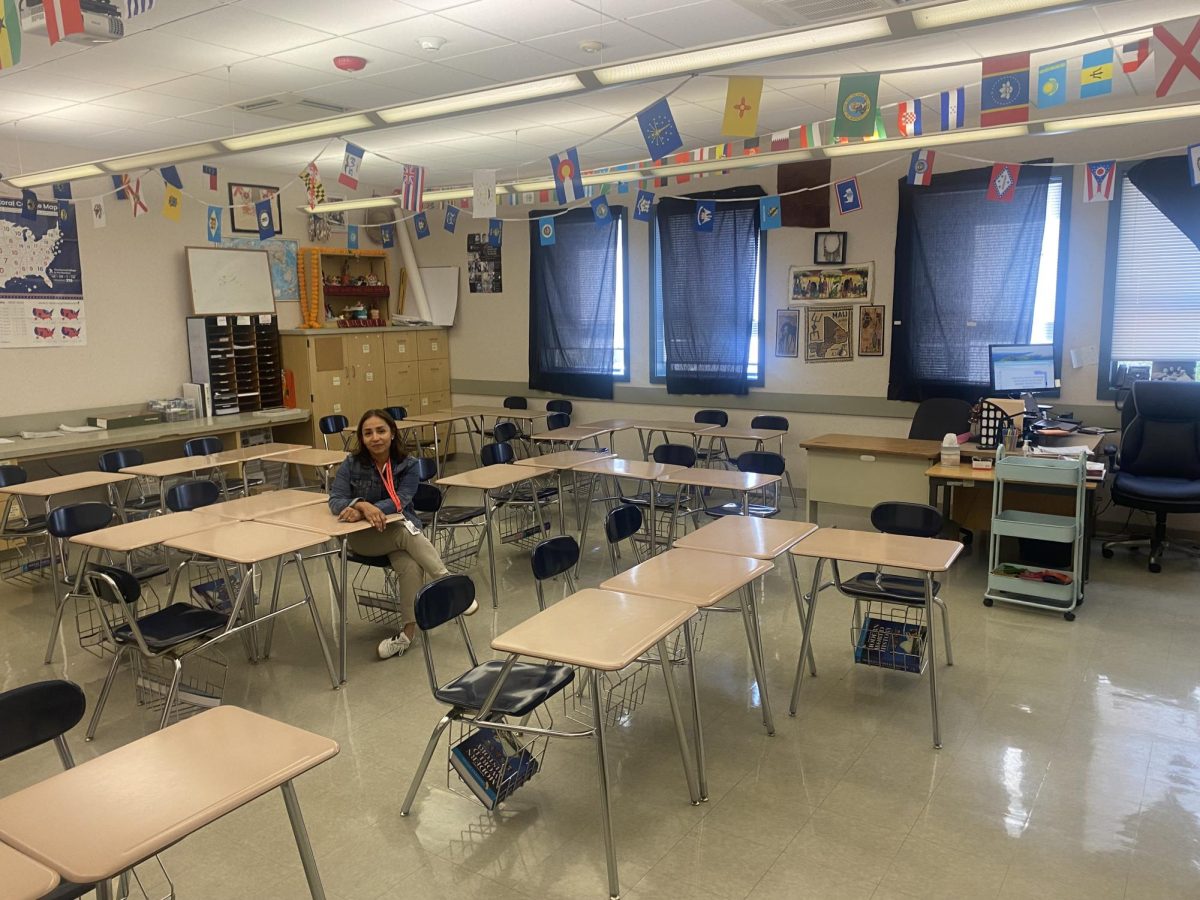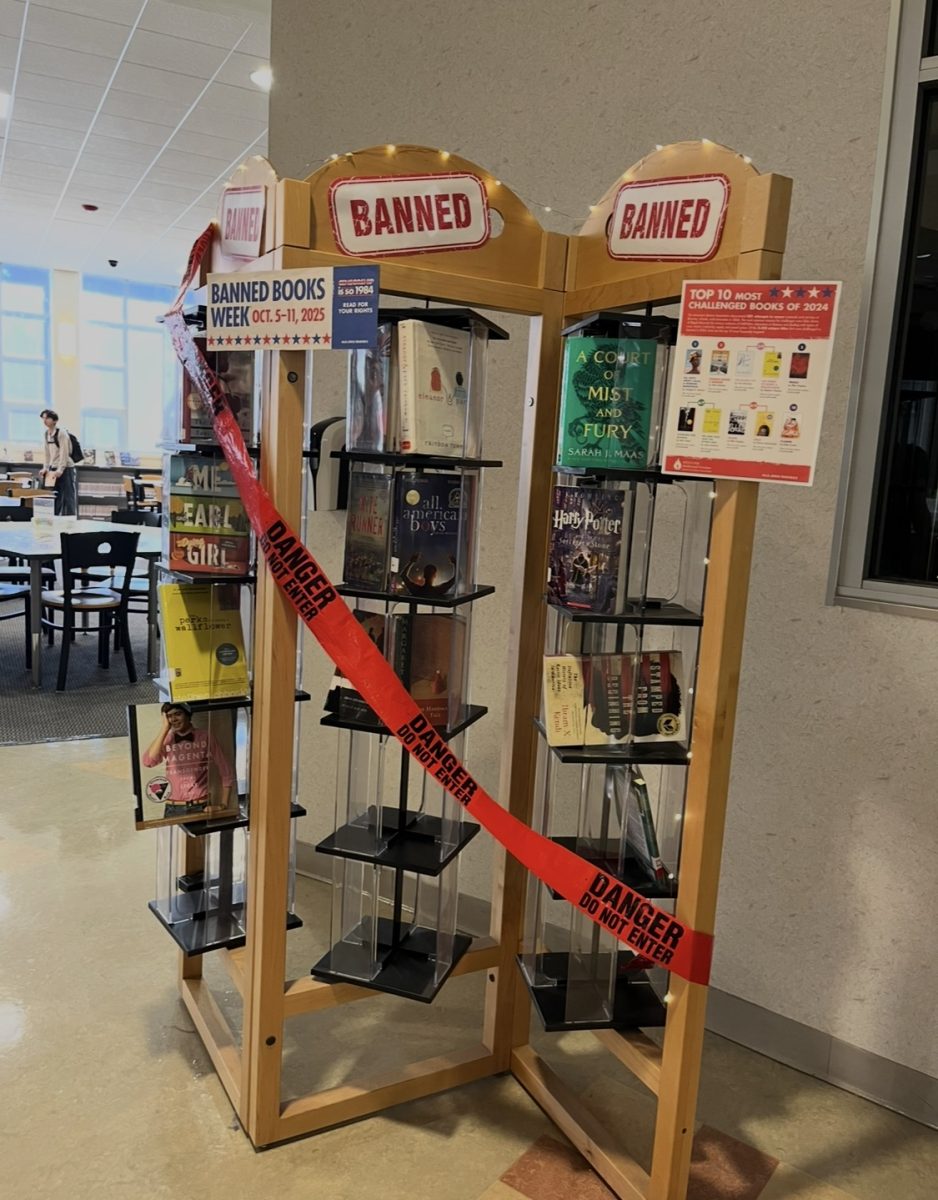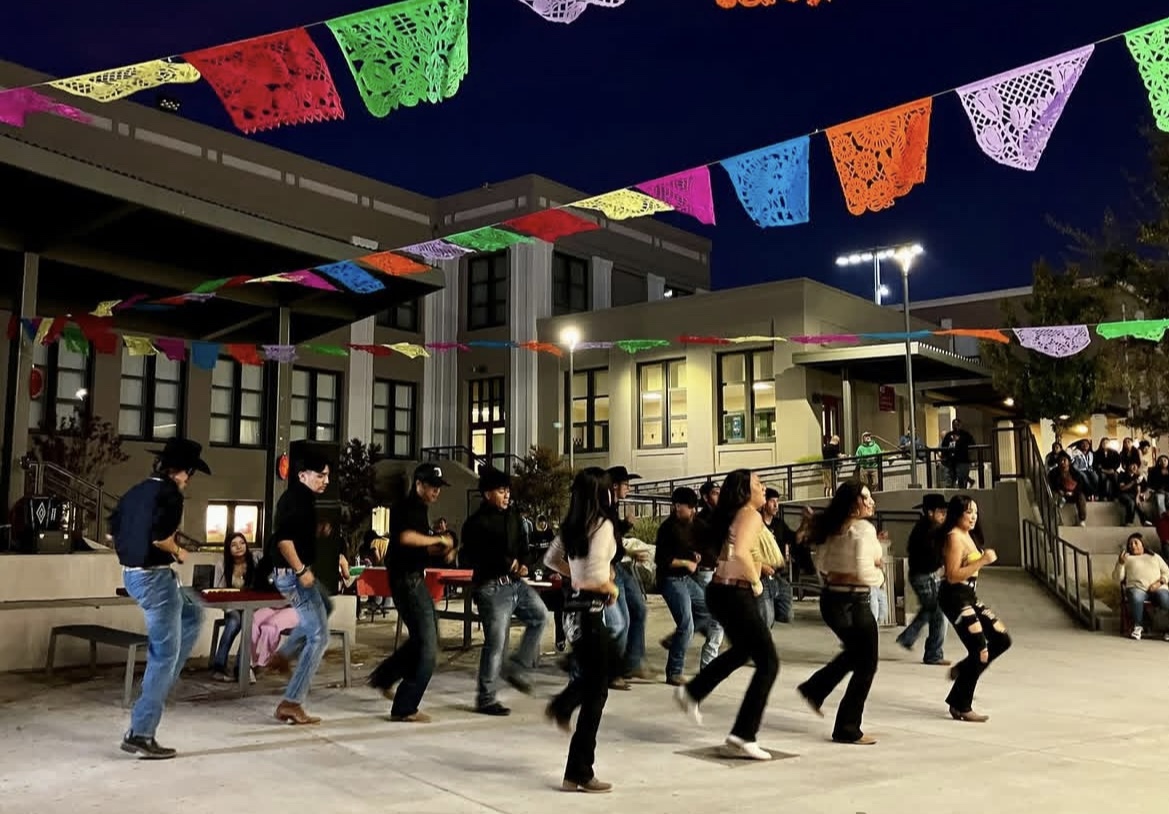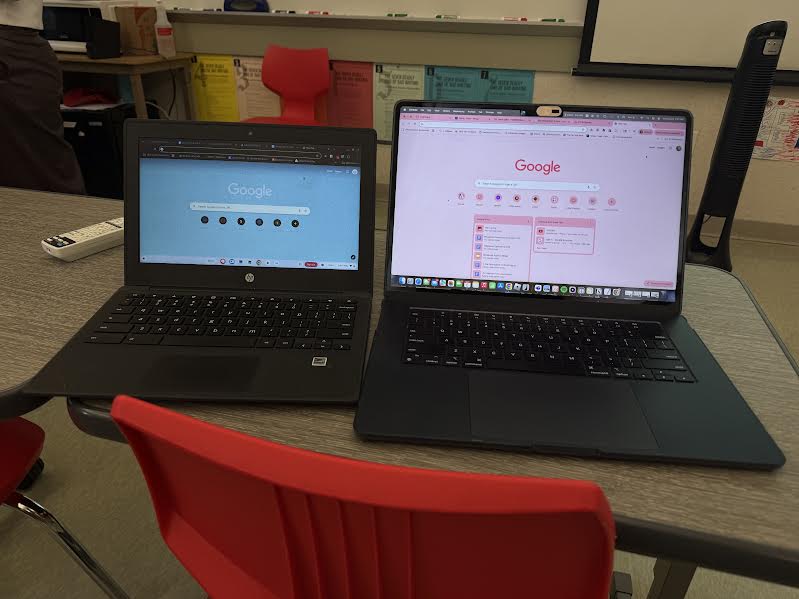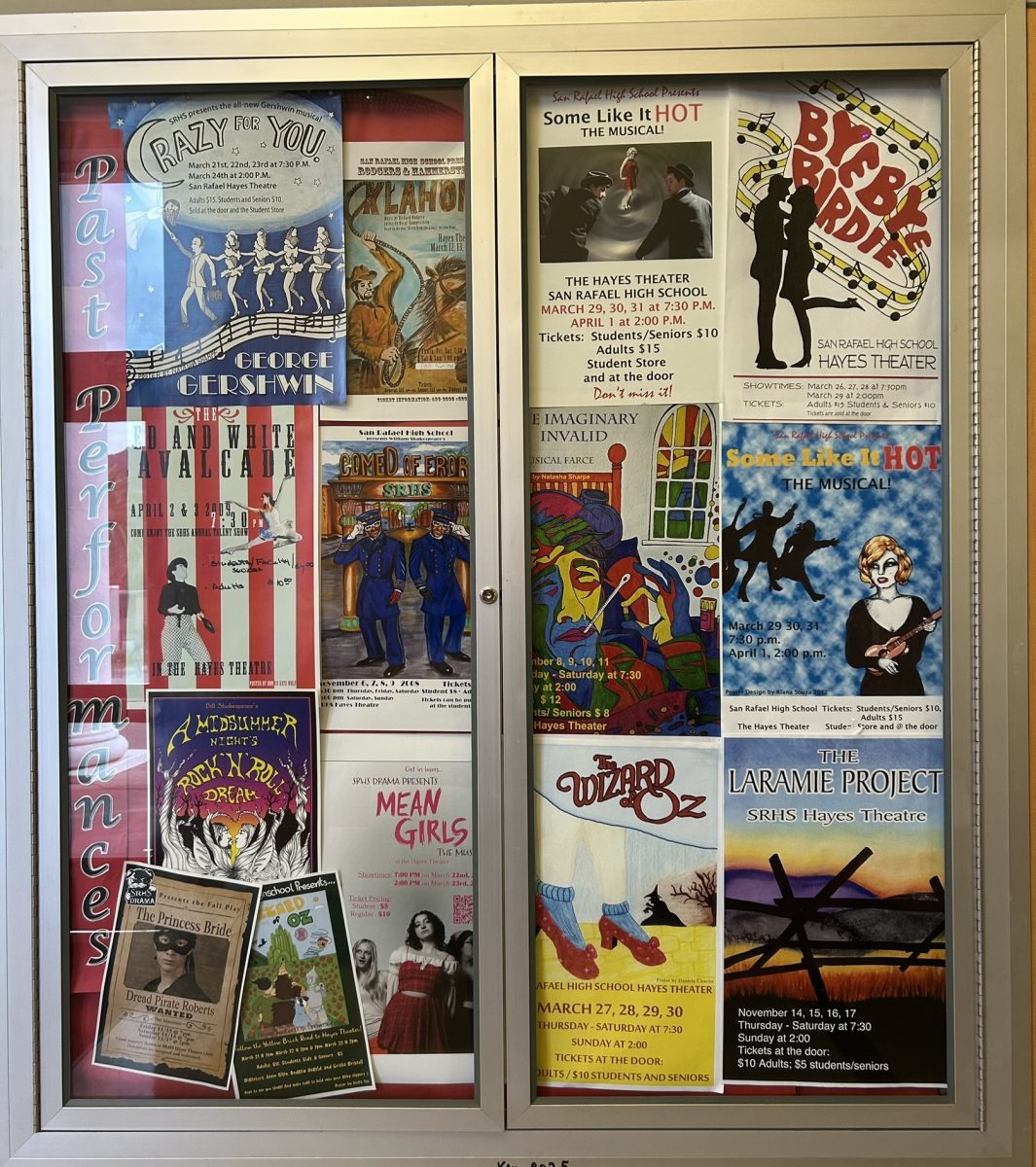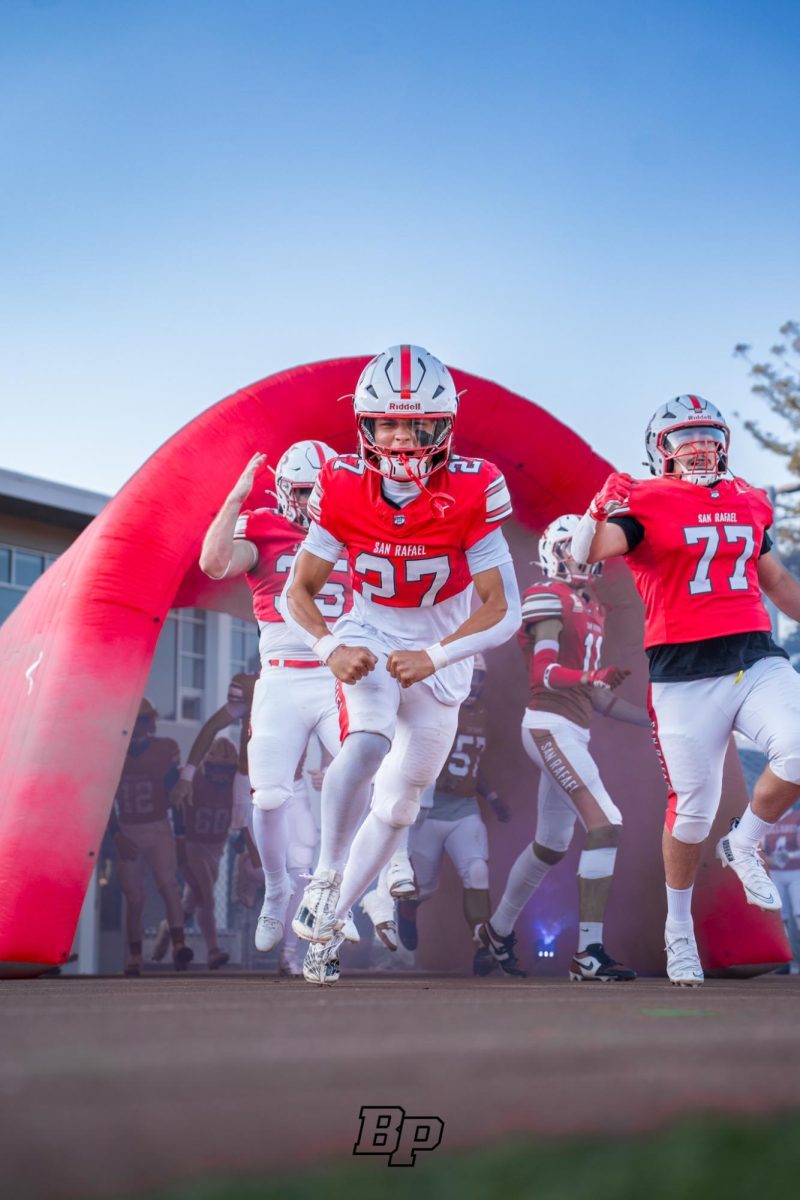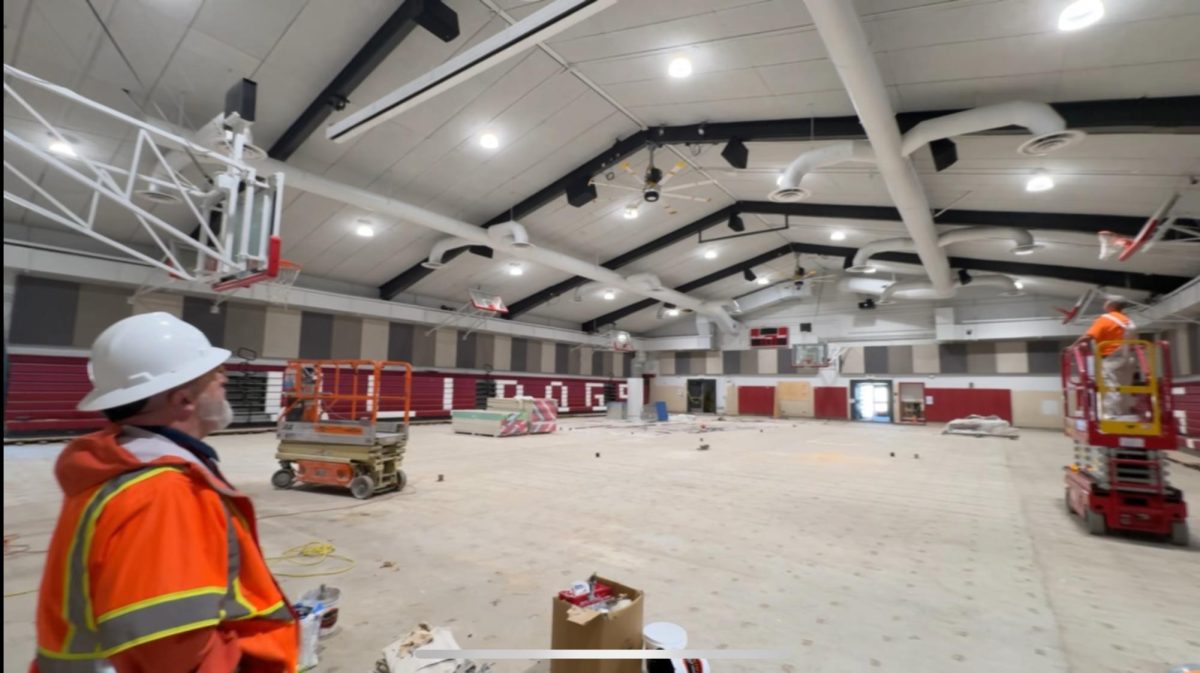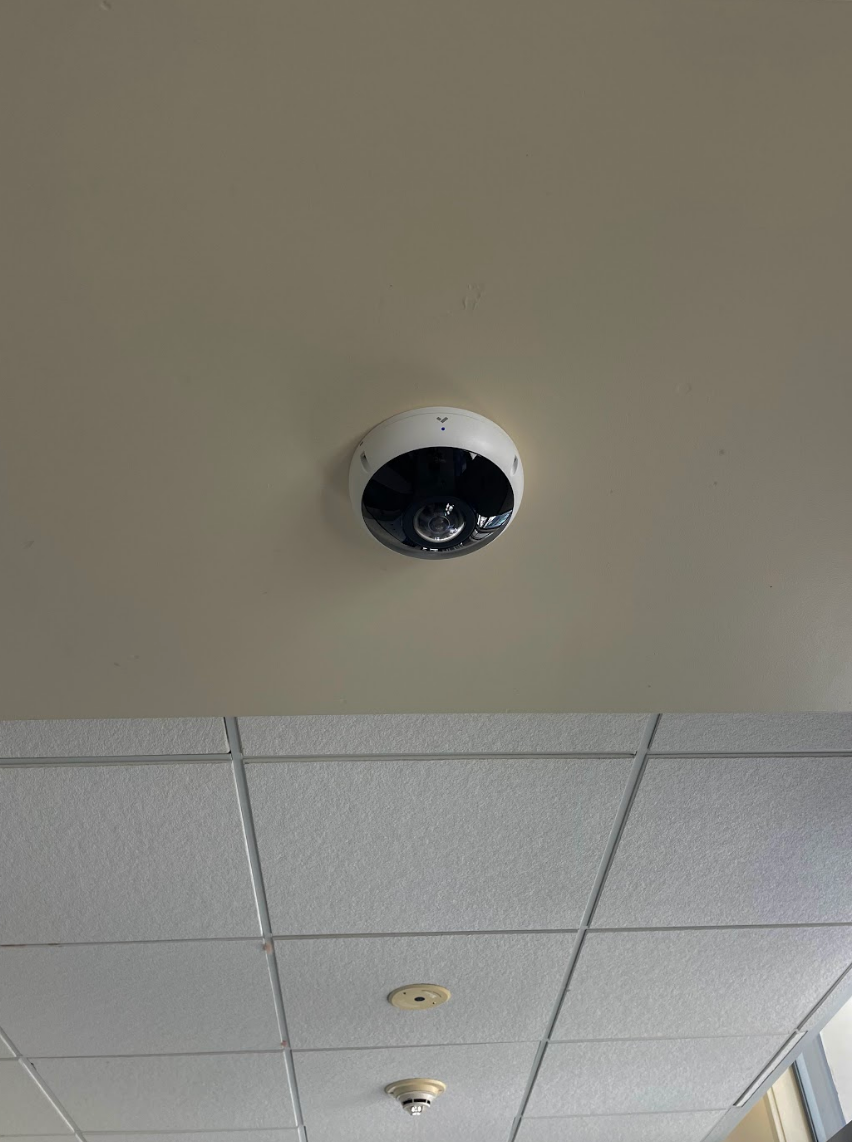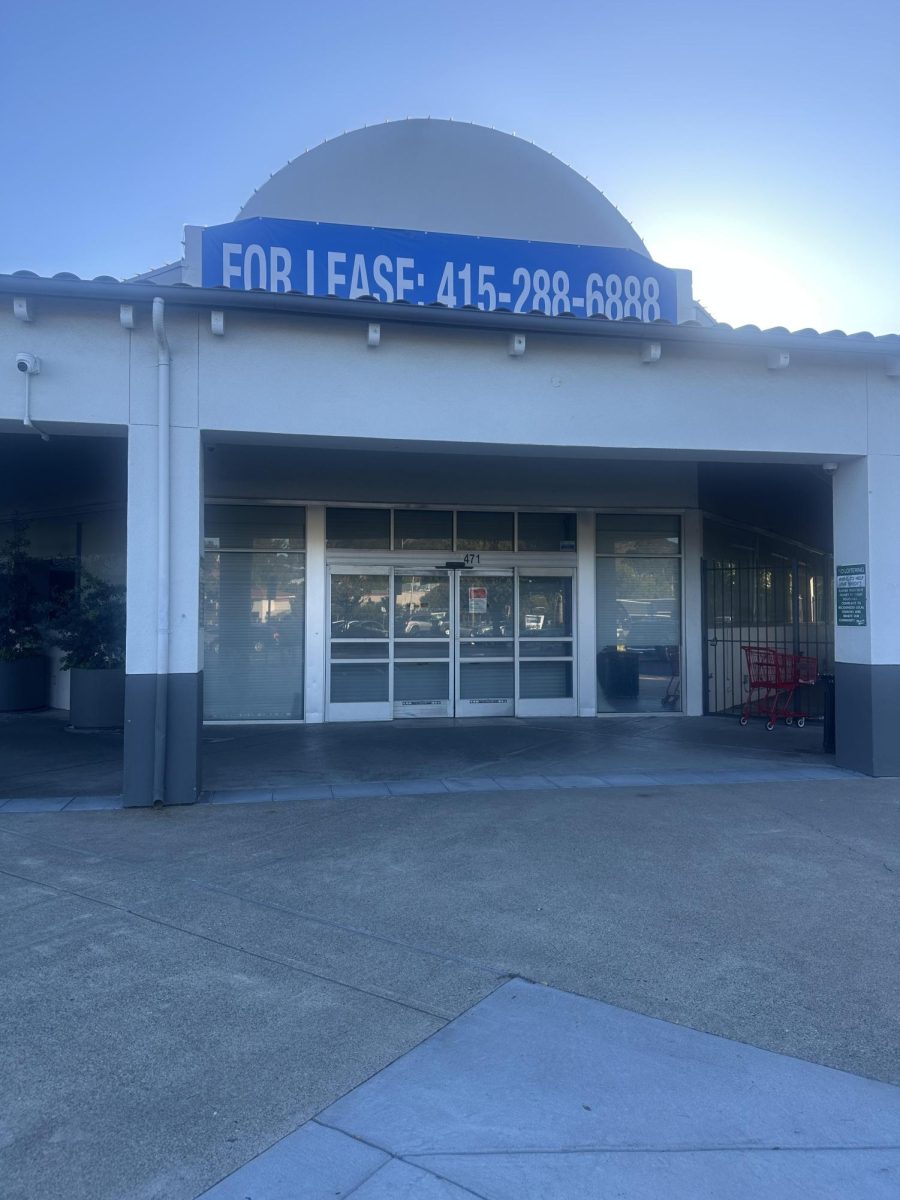Clamoring footsteps could be heard throughout the stands on Friday, August 30th, at a San Rafael High School varsity home football game. Crowds of students were making their way back to their seats after halftime when shouts and gasps echoed from the top of the bleachers. An intense altercation between a group of students had suddenly begun behind the announcement booth.
People in the stands called for security as the fight escalated, but none were nearby. Some spectators decided to take action and made their way toward the group to break them up. Salvador Reyes, a parent of two SRHS students, was one of them.
He recalls running up to the kids and pulling them off of each other, attempting to keep them from fleeing the scene before security arrived. He was unsuccessful, and the students split up and continued their fight on the ground behind the bleachers. They were unable to be apprehended, says Reyes. Eventually, they ran off campus.
“I’ve been to a lot of football games there and there’s never been anything like that,” he explains. This seems to be the consensus from most witnesses to the event. The chaos prompted confusion and concern among students and parents in the stands and around the stadium.
A senior at SRHS, Gael Contreras recalls his experience, having been only a few feet away from the action when it began: “I was worried for the safety of others around me and my own.” It came as a shock to him that such an event could take place in the middle of a crowded stadium.
Principal Joe Dominguez regards SRHS Friday night football as a “peaceful community event” for San Rafael, a place for students and families to gather and bond over the game. According to him, the event was adequately staffed with four well-trained and experienced security guards positioned around the stadium to ensure all attendees were kept safe. However, all four were preoccupied with another task at the time.
Along with this incident, our campus has seen, in the past year, a rise in student conflict both on and off campus. There have been multiple reported incidents toward the end of last semester and the beginning of this one, some involving weapons, and most involving perpetrators from both inside and outside of SRHS. Dominguez recalls a problem last year when people who were not SRHS students were driving up to campus and confronting Madrone students. In response, he hired private security to monitor the student parking lot area, which eased the conflict.
Aside from private security, our SRHS security staff handles all student conflict or misbehavior on campus. In the last few years, the SR community has also experienced a shift in security guard staff. In hiring a new security team, Mr. Dominguez looked for candidates who had prior experience working as a security guard, especially on other school campuses. Security guard Jose Sanchez mentions a recent training with Crisis Prevention Intervention focused on de-escalation techniques, and preventing student conflict before it begins.
Teaching staff also have the opportunity to voluntarily monitor the campus on off-periods, further assisting the security team with any help they might need. “We’re always trying to make sure everyone on campus is safe at all times,” Sanchez wrote in an email. “With the help of our team and the admin I feel like we have done a great job at it so far.”
Students agree, saying that they feel connected to our campus security staff and well-protected on campus. However, the team cannot monitor all students at all times, which leads to more conflict outside of school grounds. SRHS junior Catherine Mann says that off-campus areas fail to provide a respectful environment as the campus does, due to the lack of supervision from school security.
Mr. Dominguez states that he works closely with local law enforcement when particular issues arise with students off campus and ensures that the local area is kept safe during an investigation. However, the San Rafael police department is understaffed and can only provide so much help in monitoring students’ behavior off-campus.
Moreover, some students believe that upping security or involving police wouldn’t solve the problem in the first place, rather, there should be more action that discourages misbehavior and prevents fighting before it begins.
While student fighting is not unusual, this year, multiple altercations occurred within the first few weeks of the semester. “This isn’t conflict that starts on campus, this is a carryover of whatever is happening in the students’ personal lives,” Mr. Dominguez explains.
SRHS senior Angeline Phan believes that to slow this growing trend, administration must show more dedication to addressing issues within student’s lives to prevent fights before they happen. “Security is a last-minute resort, not a full-term commitment to implementing change,” she says.
When students involved in an event are identified as perpetrators, admin will refer to the SRCS Student Behavior and Discipline Matrix to figure out how to handle the case. It suggests mainly traditional forms of punishment, like suspension, expulsion, parent meetings, and other measures. However, students can also be referred to restorative justice programs as an alternative.
Peer Advocacy, a class taught by Alex Verheecke, aims to implement restorative justice into everyday student life. The class has created many on-campus events focused on helping students make better decisions when dealing with personal issues. Verheecke would like the class to help people understand that “we all make mistakes, and hopefully students are thinking about their behavior in the sense of ‘people care about one, they want me to be here, there are ways to get help,’ things like that.”
However, Peer Advocacy students typically won’t receive cases of student fighting. Verheecke makes it clear that although admin does not often use the class for these cases, they are still committed to implementing restorative justice practices through outside organizations.
Administrators also focus on reaching out to local community organizations aimed at reducing the harm of transitional punishment. Youth Transforming Justice is a nonprofit focused on peer solutions and ending the school-to-prison pipeline by offering restorative justice programs within schools. They offer weekend and weekday programs for families and students at SRHS, where they can learn about substance safety skills and harm reduction and attend restorative circles with other students from schools around the local area.
Ultimately, students and parents agree that San Rafael High School is a generally safe campus. Student discipline is handled with care and caution, security is well-staffed and adequately trained, and administration shows concern for the safety of their students.
A junior at SRHS who chose to remain anonymous believes that creating an environment both on and off campus where students feel safe and comfortable is incredibly important. She hopes that through more reinforcement of restorative practices and resources for students who are struggling, this will manifest itself within the SR community.

